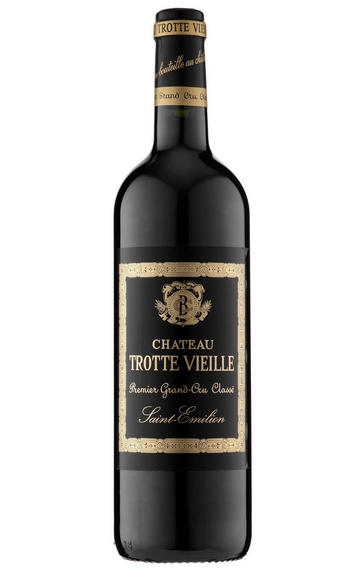
2008 Château Trotte Vieille, St Emilion, Bordeaux
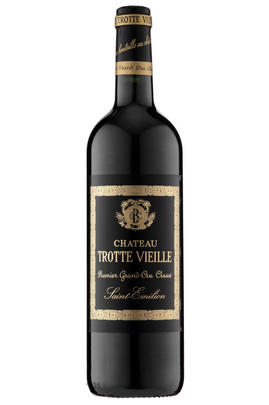
Critics reviews
Well-fleshed out and generous autumnal fruits, blackberry and raspberry puree and white pepper edging, from an extremely high percentage of Cabernet Franc. It has some salinity on the finish - we are still in limestone territory here - and it's still young, but beginning to share its secrets. A wine to enjoy now but will age further.
Drink 2018 - 2038
Jane Anson, JaneAnson.com (January 2018)
The 2008 Trottevieille is a vintage that I have not tasted for a few years and it was not included in my recent 10-Year On retrospective. Clear ruby/purple in colour, it has a beautiful bouquet with black and blueberry fruit, iodine and violet. This is very well-defined. The palate is medium-bodied with a sweet candied entry, quite modern in style with a sense of lushness that is not common in the 2008 Right Banks. This is a classy number, one that builds on previous showings.
Drink 2018 - 2030
Neal Martin, Vinous.com (July 2018)
Like the other estates of proprietor Philippe Casteja, there has been a dramatic increase in quality at this property over the last 7-8 years. The 2008 exhibits a dense purple colour along with a sweet perfume of black fruits, spring flowers, liquorice, and a hint of earth. Medium to full-bodied and pure with a beautiful texture, good acidity, and high levels of sweet tannin, it will require 2-4 years of cellaring and should drink well for two decades or more.
Drink 2011 - 2031
Robert M. Parker, Jr., Wine Advocate (April 2009)
The still vibrant ruby/purple-coloured 2008 Château Trotte Vieille comes from old vine Cabernet Franc, with a balance of Merlot and a tiny amount of Cabernet Sauvignon, all of which was raised in new French oak. Still youthful, with terrific notes of black cherries, currants, and spring flowers, it hits the palate with medium-bodied richness, ripe, still present tannins, terrific balance, and a lengthy finish. It’s surprisingly young and unevolved and has another 10-15 years ahead of it.
Drink 2019 - 2034
Jeb Dunnuck, JebDunnuck.com (February 2019)
About this WINE
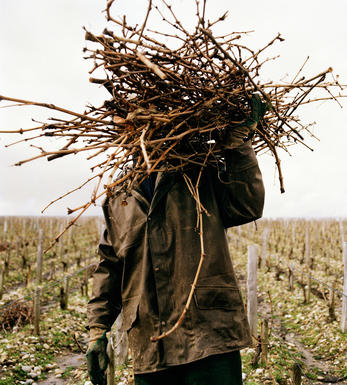
Chateau Trotte Vieille
A 1er Grand Cru Classé (B) St. Emilion château which has been owned by the négociant house Borie-Manoux since 1949. The company also owns Château Batailley in Pauillac and Château Beau Site in St-Estèphe and is now run by Philippe Castéja. Trotte Vieille (the trotting old lady) refers to the legend of an old woman who lived here in the 18th century and spent her time trotting around in search of local gossip.
The property is located on a plateau east of St-Emilion and the 10-hectare walled vineyard is planted with Merlot (50%), Cabernet Franc (45%) and Cabernet Sauvignon (5%). The grapes are hand-harvested and then fermented in small, temperature-controlled concrete vats. The wine is matured in oak barriques (80% new) for 18 months. It is bottled unfiltered.
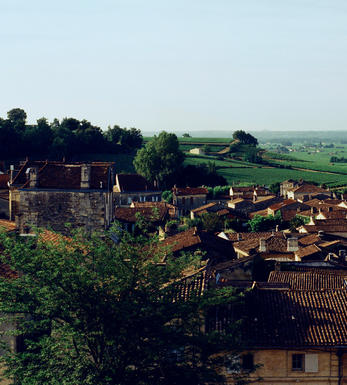
St Émilion
St Émilion is one of Bordeaux's largest producing appellations, producing more wine than Listrac, Moulis, St Estèphe, Pauillac, St Julien and Margaux put together. St Emilion has been producing wine for longer than the Médoc but its lack of accessibility to Bordeaux's port and market-restricted exports to mainland Europe meant the region initially did not enjoy the commercial success that funded the great châteaux of the Left Bank.
St Émilion itself is the prettiest of Bordeaux's wine towns, perched on top of the steep limestone slopes upon which many of the region's finest vineyards are situated. However, more than half of the appellation's vineyards lie on the plain between the town and the Dordogne River on sandy, alluvial soils with a sprinkling of gravel.
Further diversity is added by a small, complex gravel bed to the north-east of the region on the border with Pomerol. Atypically for St Émilion, this allows Cabernet Franc and, to a lesser extent, Cabernet Sauvignon to prosper and defines the personality of the great wines such as Ch. Cheval Blanc.
In the early 1990s there was an explosion of experimentation and evolution, leading to the rise of the garagistes, producers of deeply-concentrated wines made in very small quantities and offered at high prices. The appellation is also surrounded by four satellite appellations, Montagne, Lussac, Puisseguin and St. Georges, which enjoy a family similarity but not the complexity of the best wines.
St Émilion was first officially classified in 1954, and is the most meritocratic classification system in Bordeaux, as it is regularly amended. The most recent revision of the classification was in 2012
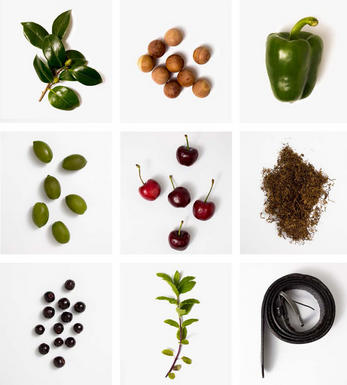
Cabernet Sauvignon Blend
Cabernet Sauvignon lends itself particularly well in blends with Merlot. This is actually the archetypal Bordeaux blend, though in different proportions in the sub-regions and sometimes topped up with Cabernet Franc, Malbec, and Petit Verdot.
In the Médoc and Graves the percentage of Cabernet Sauvignon in the blend can range from 95% (Mouton-Rothschild) to as low as 40%. It is particularly suited to the dry, warm, free- draining, gravel-rich soils and is responsible for the redolent cassis characteristics as well as the depth of colour, tannic structure and pronounced acidity of Médoc wines. However 100% Cabernet Sauvignon wines can be slightly hollow-tasting in the middle palate and Merlot with its generous, fleshy fruit flavours acts as a perfect foil by filling in this cavity.
In St-Emilion and Pomerol, the blends are Merlot dominated as Cabernet Sauvignon can struggle to ripen there - when it is included, it adds structure and body to the wine. Sassicaia is the most famous Bordeaux blend in Italy and has spawned many imitations, whereby the blend is now firmly established in the New World and particularly in California and Australia.


Buying options
Add to wishlist
Description
The still vibrant ruby/purple-coloured 2008 Château Trotte Vieille comes from old vine Cabernet Franc, with a balance of Merlot and a tiny amount of Cabernet Sauvignon, all of which was raised in new French oak. Still youthful, with terrific notes of black cherries, currants, and spring flowers, it hits the palate with medium-bodied richness, ripe, still present tannins, terrific balance, and a lengthy finish. It’s surprisingly young and unevolved and has another 10-15 years ahead of it.
Drink 2019 - 2034
Jeb Dunnuck, JebDunnuck.com (February 2019)
wine at a glance
Delivery and quality guarantee